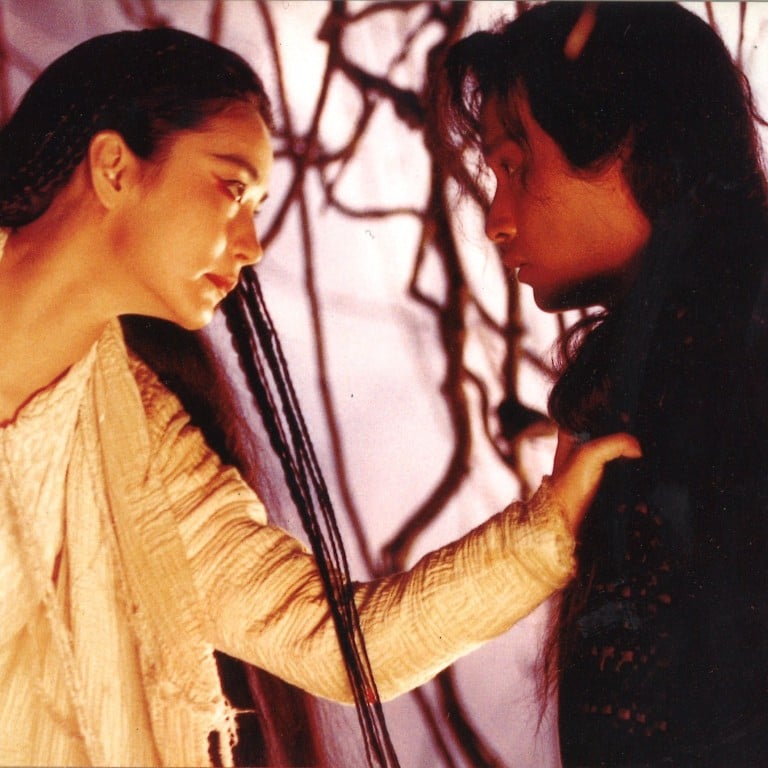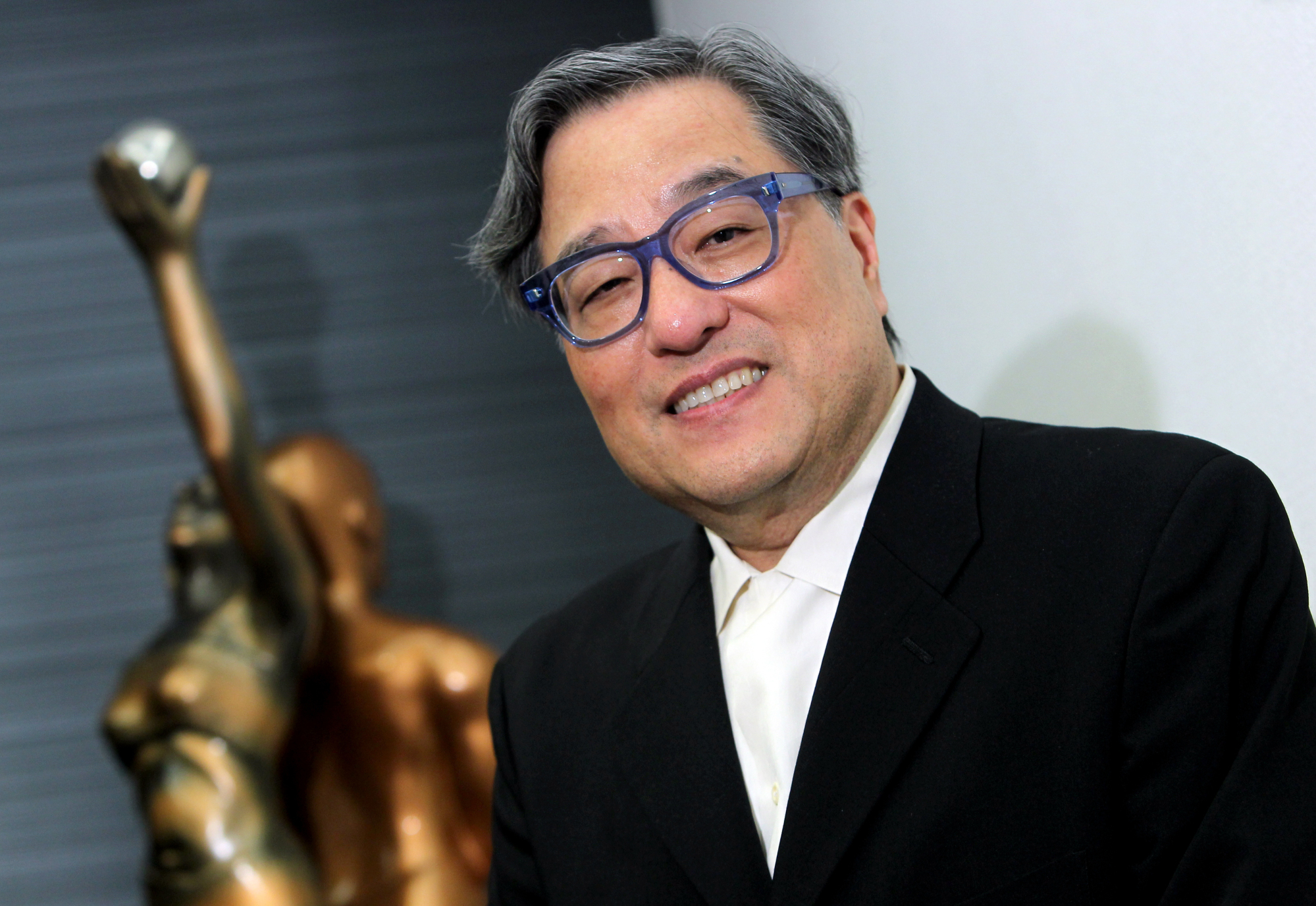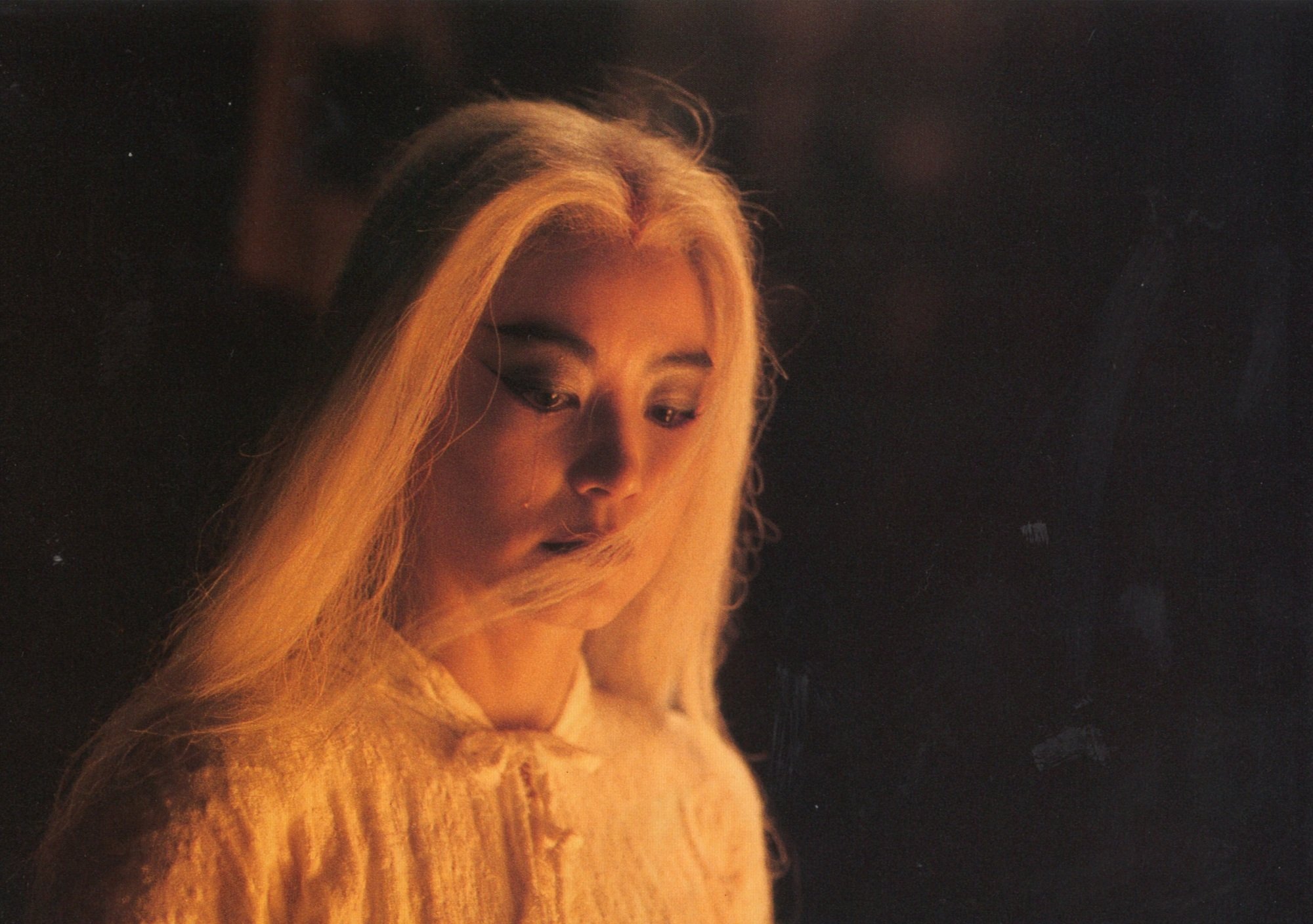
Brigitte Lin’s ‘eyes say everything’, Leslie Cheung ‘wanted to play a more heroic role’: The Bride with White Hair director on the 1993 hit
- In this previously unpublished interview from 1993, director Ronny Yu reveals what it was like working with ‘the best dramatic actress and actor in Hong Kong’
- The film’s financiers were not happy with the way he looked to Western art for visual inspiration, but the result went down well with viewers, he says
The Bride with White Hair, directed by Ronny Yu Yan-tai in 1993, is one of the most enjoyable films of the fantasy kung fu genre of the 1990s.
Lien falls in love with Yi-hang (Leslie Cheung Kwok-wing), a swordsman who leads a group of orthodox clans who are trying to destroy the cult. Lien and Yi-hang try to leave the world of jiang hu (the martial arts underground) so they can be together, but that proves impossible. Betrayal ensues, and Lien’s hair turns white as a result.
This writer interviewed director Yu during the film’s original Hong Kong release in 1993.
Why did you decide to adapt Liang Yusheng’s sprawling 1957 novel for the screen?
I’ve never done a big costume epic like this before, as I usually do contemporary action films. My partner brought the novel to my attention – it’s a fairytale with martial arts, romance and a little bit of a historical background. It’s a huge book with a lot of characters and a complicated story, and I wondered how I could adapt it at first. But the love story in the book captivated me and I was intrigued by the fact it does not have a happy ending. The two lovers are very strong characters, but circumstances defeat them and prevent them from finding happiness. That was the story I decided to tell.
How Jackie Chan pulled off his astonishing stunts in the Police Story films
Brigitte Lin is perfect for the role of Lian. How did you direct her?
I had the best dramatic actress and actor in Hong Kong playing the leading roles in my film: Brigitte and Leslie Cheung. They are not simply kung fu stars, they are accomplished dramatic actors. Brigitte is not only great at drama, she looks striking as an action heroine. I really feel that strong roles bring out the best in Brigitte, as she knows what she is doing and is able to go all the way with a strong character. She can play strong roles very convincingly, because she knows how to act with her eyes. She doesn’t need a lot of dialogue – her eyes say everything.

How about Leslie?
I changed Leslie’s character from the one in the book to suit the kind of role he wanted to play. The character in the book is very indecisive and keeps changing his mind, but Leslie wanted to play a more heroic role, and have the audience root for him. So we developed a stronger role for him. His character is passionately in love, but he is also bound by duty, so he is torn between his feelings of love and his duty. But his tragic flaw is actually doubt – he doesn’t have the strength to trust his love. Brigitte’s character changes because he doubts her.
What changes did you make to the original story?
Well, I changed the main characters a bit, and I put in the enjoined twins. There are already so many historical martial arts films in the marketplace, I knew that I had to make this one different. I decided to give it a different look, so I went for striking colours. I also decided to give the fight scenes a different flavour.

How did celebrated Japanese costume designer Emi Wada become involved?

The film has a more surreal look that Tsui Hark’s martial arts fantasies. How did you achieve that?
I needed a cinematographer who understood my vision, so I hired Peter Pau Tak-hei, who is Hong Kong’s most expensive cameraman. We looked at a lot of Western paintings – we tried to get information from Western culture. The film’s financiers were not happy with this approach, as they said it would not work for a Chinese film. But I had a gut feeling it was the correct approach and I was right – a lot of viewers think the film is very different, but can’t pinpoint why. They like the colours and the sets, but can’t say what’s different about them.
The romantic element is very much in the foreground…
The love story was what inspired me, so instead of making a martial arts film with lots of kung fu, which is what everyone is doing now, I decided to focus on the tragic romance of the story. It’s packaged as a martial arts film, but it’s really a tragic romance. I didn’t put too much emphasis on the martial arts, I just put enough in to attract that audience.
Brigitte Lin: ‘The more men I kill, the better the film does’
Nowadays filmmakers are shooting on location in China, but you chose to use sets. Why did you make that decision?
I really feel we achieved a different look for The Bride with White Hair. I used sets because I wanted to give the film a surreal look. It’s not a historical film and I could not find locations that matched my vision. The Snow Mountain, for instance, is a set, although one viewer thought it was real and asked me where it is! Peter Pau did a fantastic job with the colours. We shot a lot of it at night, and in the day, and we used artificial light instead of natural light, to get those surreal colour schemes. Some of the sets, like the pool, were built outside, and we found ways to make them look surreal, too.
Are you planning a sequel?
Yes, that’s right. The love story hasn’t quite finished, so there will be a sequel that will round off their relationship. I’m going to put in a new couple, a younger couple, who will follow the same path – they also discover they aren’t able to love each other. But in the end, they help the original couple, who watch the younger couple do what they cannot do and experience their own love through them. (The Bride with White Hair 2 was released later in 1993.)

In this regular feature series on the best of Hong Kong martial arts cinema, we examine the legacy of classic films, re-evaluate the careers of its greatest stars, and revisit some of the lesser-known aspects of the beloved genre. Read our comprehensive explainer here.
Want more articles like this? Follow SCMP Film on Facebook
